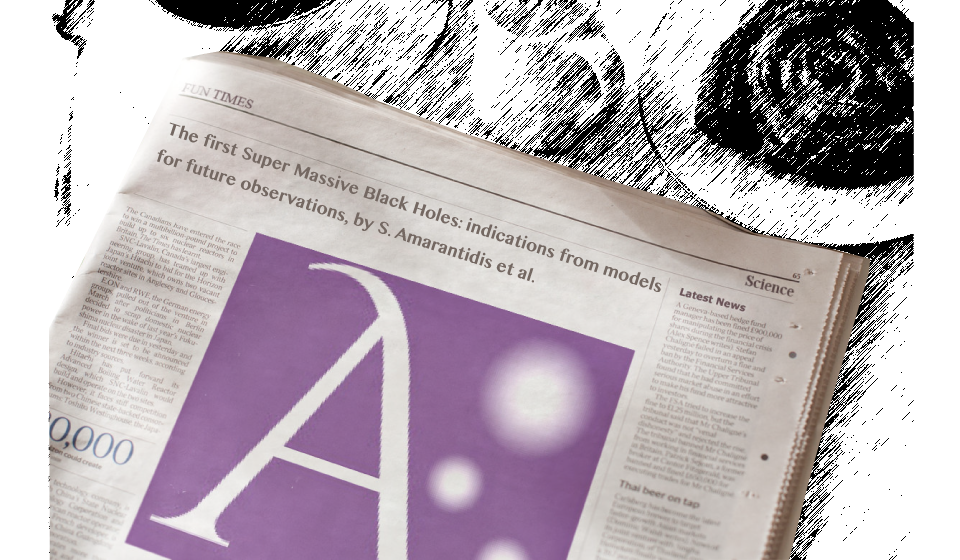
The first Super Massive Black Holes

By S. Amarantidis
We present an exploration of the expected detection of the earliest Active Galactic Nuclei (AGN) in the Universe from state-of-art galaxy formation and evolution semi-analytic models and hydro-dynamical simulations. We estimate the number and radiative characteristics of Super Massive Black Holes (SMBHs) at z ≥ 6, a redshift range that will be intensively explored by the next generation of telescopes, in particular in the radio through the Square Kilometre Array (SKA) and at high energies with ESA’s Athena X-ray Observatory. We find that Athena will be able to observe over 5000 AGN/deg2 at the Epoch of Re-ionization (EoR), 6 ≤ z ≤ 10. Similarly, for the same redshift range the models/simulations suggest that SKA will detect at least 400 AGN/deg2 . Additionally, we stress the importance of the volume of the simulation box as well as the initial physical conditions of the models/simulations on their effect on the luminosity functions (LFs) and the creation of the most massive SMBHs that we currently observe at the EoR. Furthermore, following the evolution of the accretion mode of the SMBHs in each model/simulation, we show that, while the quasar dominates over the radio mode at the EoR, detection at radio wavelengths still reaches significant numbers even at the highest redshifts. Finally, we present the effect that the radiative efficiency has on the LFs by comparing results produced with a constant value for the radiative efficiency and more complex calculations based on the spin of each SMBH.

